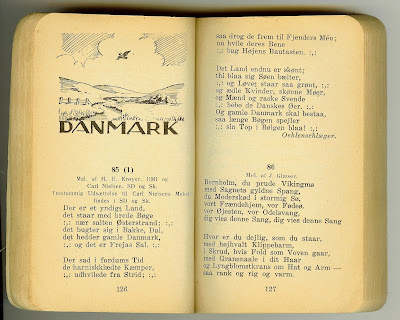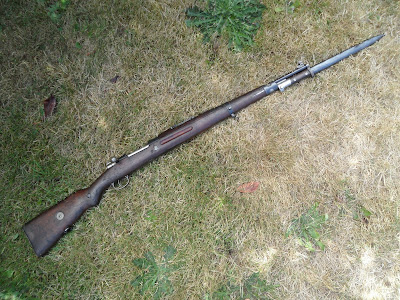Both of these badges are "stock generic", Deputy Sheriff badges, for the state of New Jersey. Both badges are of the same design and style, but date to two slightly different time periods, and are manufactured by different badge makers, using two different manufacturing methods. Since both badges are not marked with the issuing department, there is no way to know who actually used them.
Prior to World War Two, it was very common for small or rural police and sheriff's departments to issue a "generic stock" badge to their officers and deputies. These badges could be purchased from law enforcement supply companies with the appropriate officer title, but were generic, with no department or agency name on them. The badges were "stock" and could be purchased with various finishes. The badges were much less expensive than custom made badges. This enabled departments to "badge" all of their officers at an affordable price. This is in very stark contrast to the practice of issuing very high quality, custom badges, that all departments issue today.
The advertisement shown above is from an old "Darley" supply catalog from the 1920's era. You can see the price and options for the two type badges that I have, in the lower right corner of the the catalog photo-scan pictured above.
 |
| Gold Badge circa 1910's |
 |
| Tongue Catch on Gold Badge |
 |
| Nickel Badge circa 1920's |
 |
| Small Burgess Catch on Nickel Badge |
These old "stock generics" are often mistaken for toy badges. Most of the toy badges in this style were made with crude castings of pot-metal or lack the weight and detail in the center seal of the originals. It is worth taking a close look at any "toy badge" that you encounter to make sure that it is not one of these old, historic badges!
Now for a few closer photos:















































